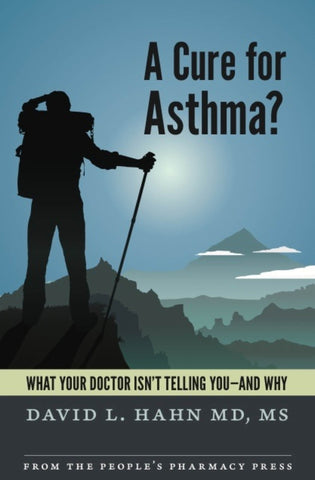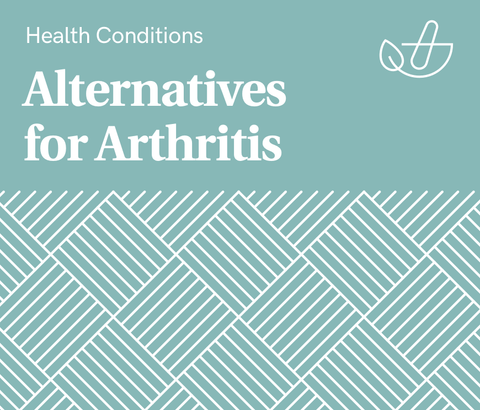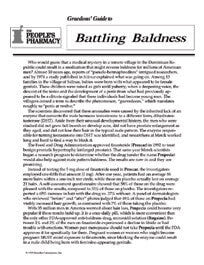Link to your individual collections by creating a new linklist in the Navigation section of the admin.
You can then have it appear here by choosing your new linklist under Customize Theme / Sidebar.

Show 1121: How Can We Protect Children from Environmental Poisons?
Since the middle of the last century, more than 85,000 chemicals have been developed and used. In many cases, they persist in the environment long after their immediate utility has vanished. The World Health Organization attributes more than one-third of childhood mortality to environmental causes. Are environmental poisons contributing to the troublesome rise in childhood diseases such as asthma, attention difficulties or autism? What environmental exposures should pregnant women try to avoid?
Children and Environmental Poisons:
Because they are still developing, young children are more vulnerable to chemicals that may interfere with growth. How does early, low-dose exposure to compounds such as lead, methylmercury, polychlorinated biphenyls (PCBs) and other toxins harm the developing brain? Rates of asthma have tripled since the 1970s. Are environmental toxins to blame?
An Epidemic of Lead Exposure:
The terrible situation in Flint, Michigan, grabbed headlines, and rightly so. But Flint is not the only community where children may be unknowingly exposed to lead. And there is no level of lead exposure considered safe for youngsters. Where is lead coming from, what does it do to children, and how can we protect them? Doing so may require political will. The result could be healthier, smarter kids.
Pesticides and Herbicides:
Pesticides (such as chlorpyrifos) and herbicides (such as glyphosate) may be hard to avoid. What are the hazards? Certain foods, such as peaches, pears, raspberries and strawberries, are more likely to contain toxic residues. Learn how to minimize your family’s exposure to these compounds and to others that may disrupt hormonal balance. Find out why the long-term consequences of early exposure make a compelling case for protecting the most vulnerable.
The websites Dr. Landrigan mentioned include EWG.org for information on pesticide contamination. To learn more about mercury in fish, check out the websites EWG.org, NRDC.org (Natural Resources Defense Council) or the Monterey Bay Aquarium's Seafood Watch site and app.
This Week’s Guest:
Dr. Philip J. Landrigan is a pediatrician, epidemiologist and Dean for Global Health at Icahn School of Medicine at Mount Sinai. His recent book, co-authored with Mary Landrigan, is Children and Environmental Toxins: What Everyone Needs to Know.
His website is http://icahn.mssm.edu/profiles/philip-j-landrigan




